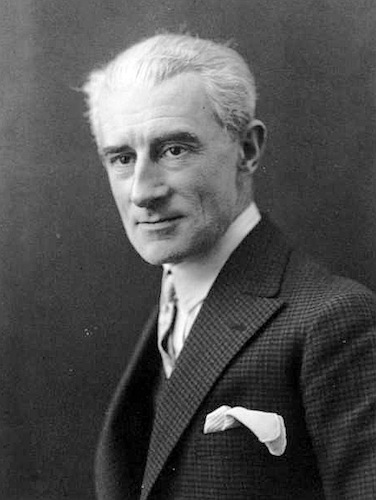Salonen opens CSO’s French festival with vocal rarities by Ravel, Debussy

Musical Francophiles have already had cause for joy in some of the Chicago Symphony Orchestra’s programming this year, such as Charles Dutoit’s all-French program in March. That celebration continue through the rest of this month as Esa-Pekka Salonen leads the orchestra in a three-week festival of French music, entitled “Reveries and Passions,” which began with a concert of Ravel and Debussy at Symphony Center on Thursday evening.
The concert opened with the most familiar item on the program: Ravel’s Mother Goose Suite. Salonen’s led a relatively cool and restrained interpretation. There were fitful heart-on-sleeve moments—such as the surging strings right before the second English horn solo in “Tom Thumb” and the lush conclusion of the finale.
But the focus was more on fantasy and light textures than scintillation. Highlights among the woodwind solos were provided by guest principal flutist Samuel Coles from London’s Philharmonia Orchestra, flute and piccolo player Jennifer Gunn and, especially, principal clarinetist Stephen Williamson’s winsome portrayal of Belle in the fourth-movement dialogue between Beauty and the Beast.
Rather than populate the concert with over-programmed warhorses, Salonen and the CSO turned to relatively neglected works by Debussy and Ravel. First was the former’s cantata, La damoiselle élue, a setting of Dante Gabriel Rossetti’s “The Blessed Damozel,” scored for two female soloists and women’s chorus. A fairly early work by Debussy, the piece’s distinctly French orchestration and melodic contours are tempered by the harmonic style of Wagner, under whose influence Debussy was working at the time.
Salonen’s conducting emphasized French elegance, over Wagnerian grandeur. Lines glided rather than swooned, yet dynamic climaxes were always clear.
Debussy’s meandering vocal part for the title damozel is difficult to shape, yet soprano Kate Royal was strongly anchored by the apt match of her timbre to the character. The bright tone quality of her voice captured the girl’s youth and solation from her beloved and the world.
Members of the CSO Chorus sang with an otherworldly quality, yet in spite of the general transparency of the playing under Salonen, the orchestra at times tended to bury the narration of contralto Elodie Méchain.
The second half of the concert was a semi-staged performance of Ravel’s one-act opera L’enfant et les sortilèges. Colette’s libretto concerns a spoiled child accustomed to torturing animals and breaking objects around his house, until they magically come to life to confront him about all the pain he has caused.
Chloé Briot made her CSO debut as the child, and Royal and Méchain were joined by Marie-Eve Munger, Marianne Crebassa, Manuel Nuñez Camelino, Stéphane Degout, and Eric Owens playing the large array of supporting characters. (Illustrations of each of the characters were projected above the surtitles to help the audience keep track, a wise ploy for relieving what surely would have been much confusion otherwise.)
Ravel’s orchestration for this opera is the most pictorially detailed of any work in his oeuvre. Every character has a texture all his own, punctuated by a myriad of individual effects–trombone smears, whines for solo bass, etc.—that briefly pop out of the mix and disappear again. Salonen milked every drop of color out of each effect and whipped the orchestra into a fine fury for the energetic high point of the opera: a nightmare arithmetic lesson in which the child is shouted down by a chorus of children and her teacher.
Each singer captured the spirit of his or her character with colorful distinction. The pathos with which the wounds of Owens’ tree and Crebassa’s squirrel were rendered made the child’s regret dramatically plausible. Other performances benefited from more explicit silliness, such as the duet for Crebassa and Degout’s cats. The broadest performances came from the versatile tenor Nuñez Camelino whose pugnacious teapot, sputtering math pedant, and (literally) hopping frog were the comic high points of the evening.
Anchoring it all was Briot’s excellent performance as the child, the only role extended enough to have a dramatic arc. Briot made the boy the very picture of petulance at the opening, and compellingly charted his developing contrition and self-awareness as he is confronted by the creatures and things that he has injured.
This program will be repeated 8 p.m. Friday and Saturday and 1:30 p.m. May 15. cso.org; 312-294-3000.
Posted in Performances




